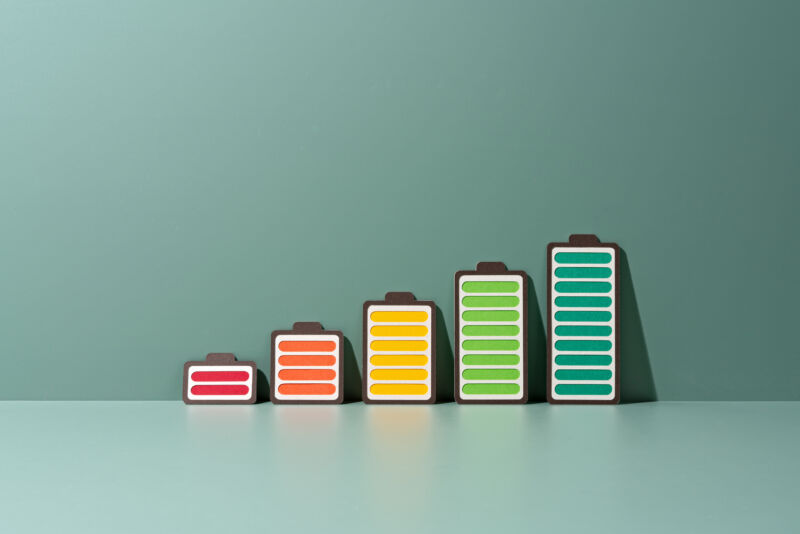
The race is on to generate new technologies to ready the battery industry for the transition toward a future with more renewable energy. In this competitive landscape, it’s hard to say which companies and solutions will come out on top.
Corporations and universities are rushing to develop new manufacturing processes to cut the cost and reduce the environmental impact of building batteries worldwide. They are working to develop new approaches to building both cathodes and anodes—the negatively and positively charged components of batteries—and even using different ions to hold charge. While we can’t look at every technology that’s in development, we can look at a few to give you a sense of the problems people are trying to solve
Cleaner manufacturing
The California-based company Sylvatex has developed a water-free, efficient process for manufacturing cathode active material (CAM). “This process innovation reduces the total cost of CAM by 25 percent, while using 80 percent less energy and eliminating water use and sodium sulfate waste streams,” said Virginia Klausmeier, CEO and founder of Sylvatex.
Sylvatex’s goal is to impact the carbon footprint of the battery-manufacturing process, according to Klausmeier. She argued that other companies have scaled up an inefficient process as the market has grown rapidly. “These plants are utilizing 200 million gallons of water annually. Cathode material makes up like 50–70 percent of the cost of the battery pack.”
According to Alex Kosyakov, co-founder and CEO of the battery-component company Natrion, the usual process for manufacturing lithium-ion cathodes and batteries has many steps. Manufacturers begin by taking ores with low initial concentrations of mined metals such as cobalt, manganese, aluminum, and nickel. They break them down into very small pieces in immense vats containing rotating blades or ceramic balls.
The companies treat the ores with a solution of sulfuric acid that contains large amounts of water. Sulfate salts are extracted after this step. The treatment results in the release of sulfur dioxide into the atmosphere, which causes acid rain and creates workplace safety issues.
Then, the manufacturers mix sulfate salts with lithium salts, combine them, and grind them into powders. They heat the powders in massive furnaces to high temperatures to remove impurities and then heat them again to fuse the lithium with the metal and oxygen.
After this, to make the cathodes, they usually mill the powders again. They then make an ink or slurry by combining the resulting powder with solvents and binders. They paint the resulting liquid onto aluminum foil and let it dry. Next, they cut the coated foil to size, layer it with the other battery materials, press the resulting layers in a rolling press, wind it into a spool or coil, and put it into the battery can.
“What we did was we developed a process that we call our ‘next-gen’ process that is waterless,” Klausmeier said. “It uses a versatility or flexibility of feedstocks without the sulfate molecules so you don’t have any of that waste, so you can use a broader range of inputs that can come from recycled materials… or mined and refined materials that have to be mined and refined less.”
Klausmeier said her company uses hydroxides or metal oxides as feedstocks. The process involves combining these materials with a proprietary additive that she describes as “not quite a surfactant” in a pot that blends it together. This is followed by a calcination step. (Calcination involves raising the temperature of a compound in an environment with limited oxygen but not heating it up so much that it melts.)
Removing the sulfur from the process reduces the manufacturing hazards of creating the CAM.




















+ There are no comments
Add yours